The 8 best plants for an indoor zen garden – what to grow to add calm and tranquility to your home
The 8 best plants for an indoor zen garden will help fill your home with peace and serenity, creating a space that can feel meditative to be in


Calming, simple, serene, Japanese Zen gardens are the complete opposite of busy, loud urban life. Beautifully lush green planting, interrupted by soft rounded stones and swathes of gravel raked into intricate patterns, they are the kind of thing you dream of returning to after a long day for a moment of contemplation and relaxation.
However, they do require outdoor space, and a fair amount of maintenance, which some of us may not have access to or be able to offer. But that doesn't mean you can't replicate the calming effects in an indoor garden using indoor plants. You can create stunning displays that imitate those you would find in a Japanese garden, just indoors and probably on a slightly smaller scale.
Having founded Hortology, the leading online retailer of indoor plants and pots, Mark McCance knows everything there is to know about houseplants. He set the business up in 2016 and has been immersed in foliage and greenery ever since.
The best plants for an indoor zen garden
We spoke with the indoor plant experts Mark McCance from Hortology about what are the best plants for an indoor Zen garden to help recreate those calming vibes.
1. Ficus Ginseng (Indian Laurel)
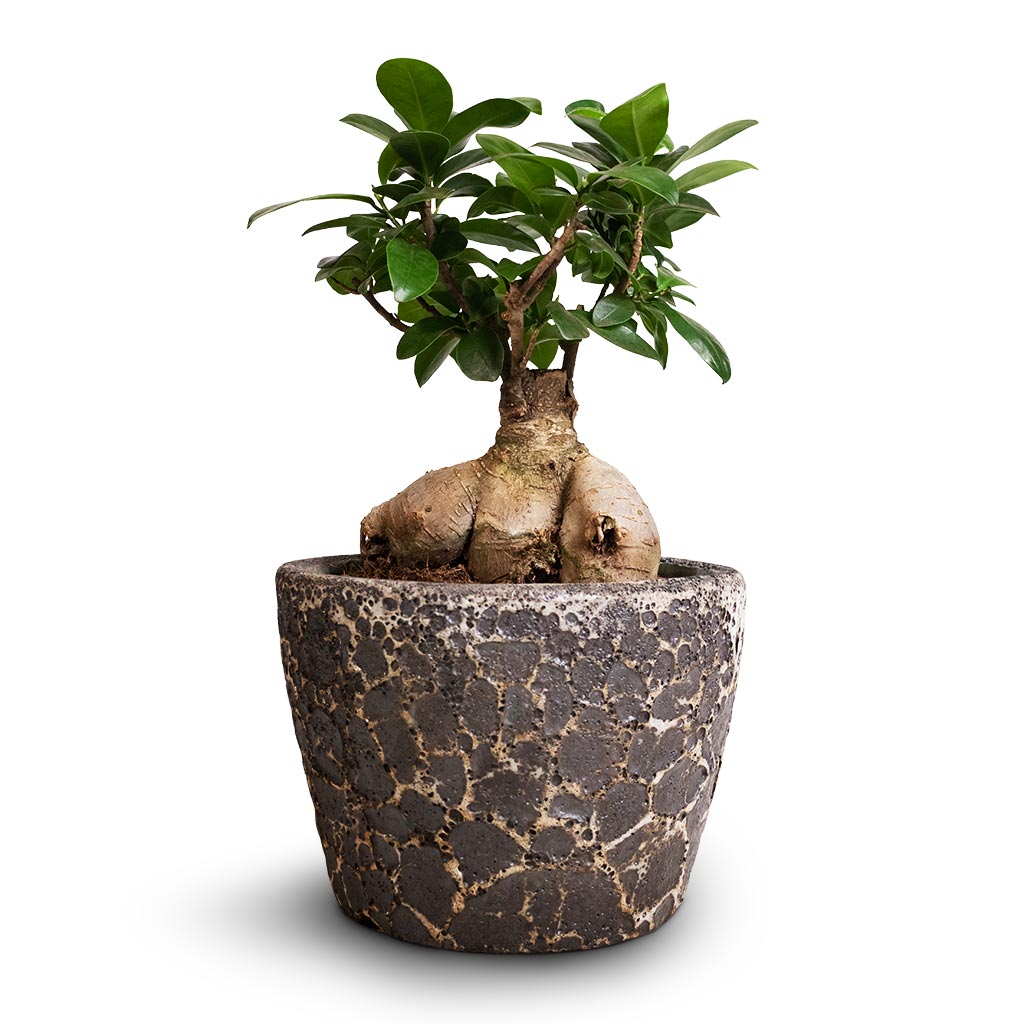
Bonsai trees are synonymous with Japanese and Zen-style gardens, however, some types can be tricky to care for, especially indoors. The Ficus Ginseng, is the perfect Bonsai for beginners. They like a consistent temperature and plenty of light, so pop them in a sunny spot and water on observation – every few days is best. Their size and requirements are ideal if you're simply wondering how to turn your windowsill into an indoor garden.
'The Ficus Ginseng's twisted trunk and glossy green leaves closely resemble the ancient bonsai trees often associated with Japanese gardens. It evokes a sense of maturity, strength, and tranquillity.' explains Mark.
'Its unmistakable bonsai tree style is relatively easy to care for, making it a good choice for someone looking to take their first steps into curating bonsai. It’s also symbolic of resilience and endurance, aligning with the principles of Zen philosophy. The Ficus Ginseng's compact size and minimalist aesthetics make it an excellent choice for adding a touch of nature and serenity to your space.'
Buy a Ficus Ginseng from Amazon.
2. Nephrolepis exaltata (Boston Fern)
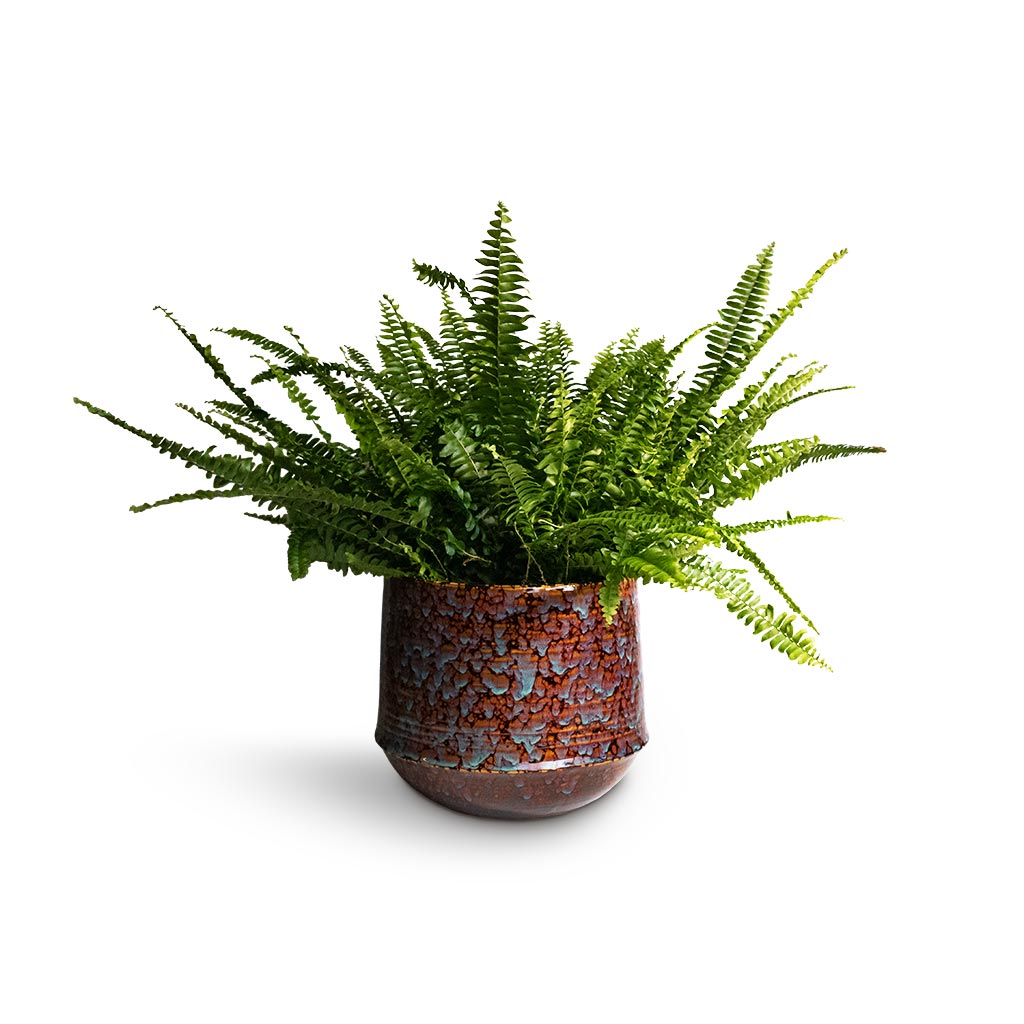
When asking experts what plants are best for a lush indoor garden they invariably said ferns. 'The Boston Fern is a classic choice for indoor plants, known for its lush and feathery fronds,' Mark says. 'It adds a sense of softness and tranquillity with its graceful foliage, reminiscent of flowing water. Boston Ferns thrive in humid environments, making them a perfect houseplant for bathrooms or areas with higher humidity levels.'
'Group with other greenery to create a lush forest ambiance, perfect for embracing the serene practice of shinrin yoku (forest bathing) in the comfort of your home. Alternatively, they can be included in an Onsen-inspired bathroom, adding a touch of tranquillity and natural beauty to your self-care sanctuary.'
Buy a Boston Fern from Amazon.
3. Crassula ovata (Jade Plant)

The Jade Plant is a gorgeous house plant, and its unusual waxy leaves make for a really decorative addition to shelving to add some contrasting textures and shapes among books, frames, etc. They are super low maintenance too - ideal for if you're just getting into apartment gardening for beginners. They just need watering regularly in the warm months and far less so when the temperature drops.
'The Jade Plant is a symbol of good luck and prosperity in many Asian cultures, including Japanese. Its thick, fleshy leaves resemble jade stones and are associated with wealth and abundance. Those leaves also store water, making it resilient and low maintenance. The Jade Plant's simple yet elegant appearance fits well with the minimalist and balanced design principles often found in Japanese aesthetics,' explains Mark.
7. Pachira aquatica (Money Tree):
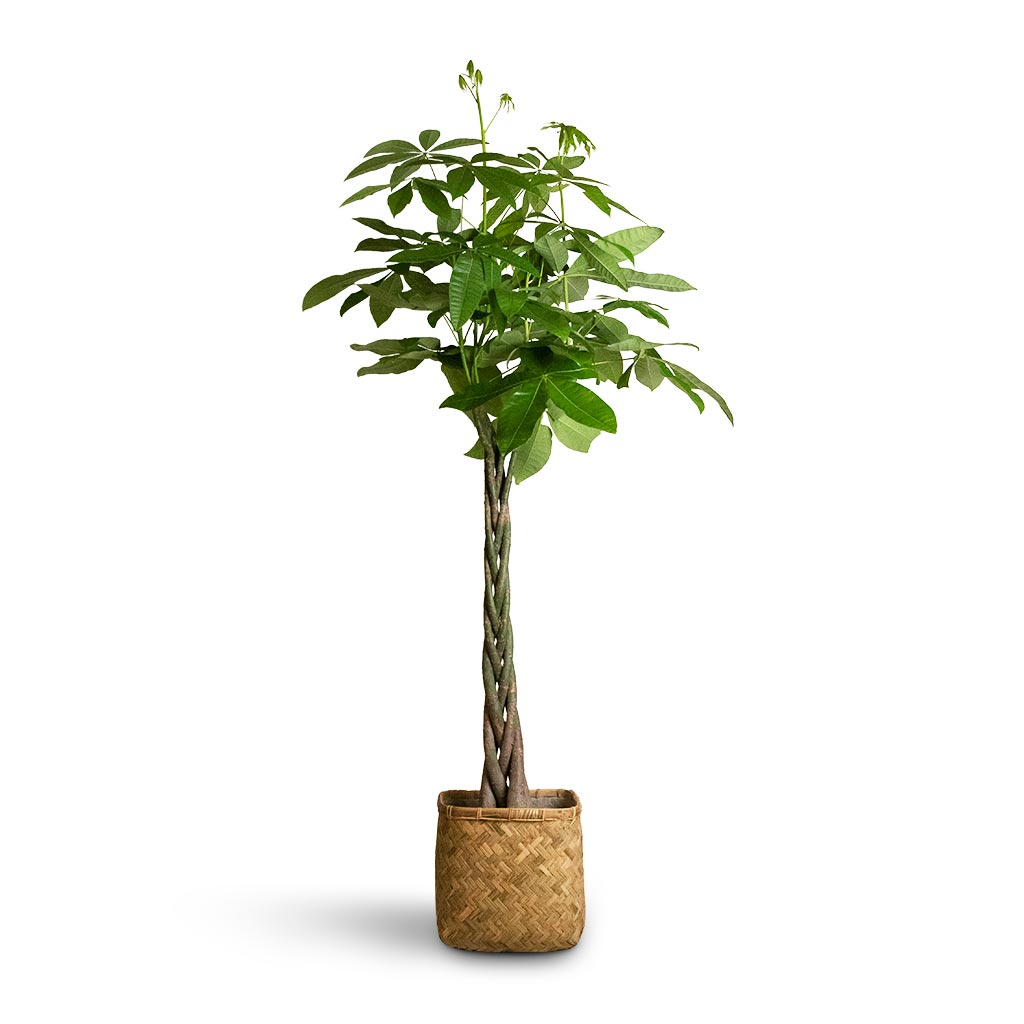
Indoor trees are a huge trend right now, and the Money Tree is an easy one to care for and will thrive indoors. Their twisted trunks and star-like leaves create a tropical vibe in any room you bring them into and they grow fast too so it won't take them long to make an impact.
'The Money Tree is also believed to bring good fortune and prosperity, making it a popular choice in Asian-inspired interiors. It's braided trunk and lush green foliage create a visually appealing and harmonious presence. In Japanese culture, the concept of "engi" refers to the idea of objects having spiritual energy, and the Money Tree embodies this concept by promoting positive energy and well-being.' says Mark.
'Place the Money Tree in bright, indirect light and water it when the top inch of soil feels dry. It appreciates some humidity, so misting the leaves occasionally can be beneficial.'
Buy a Money Tree from Fast Growing Trees.
5. Aspidistra (Cast Iron Plant):
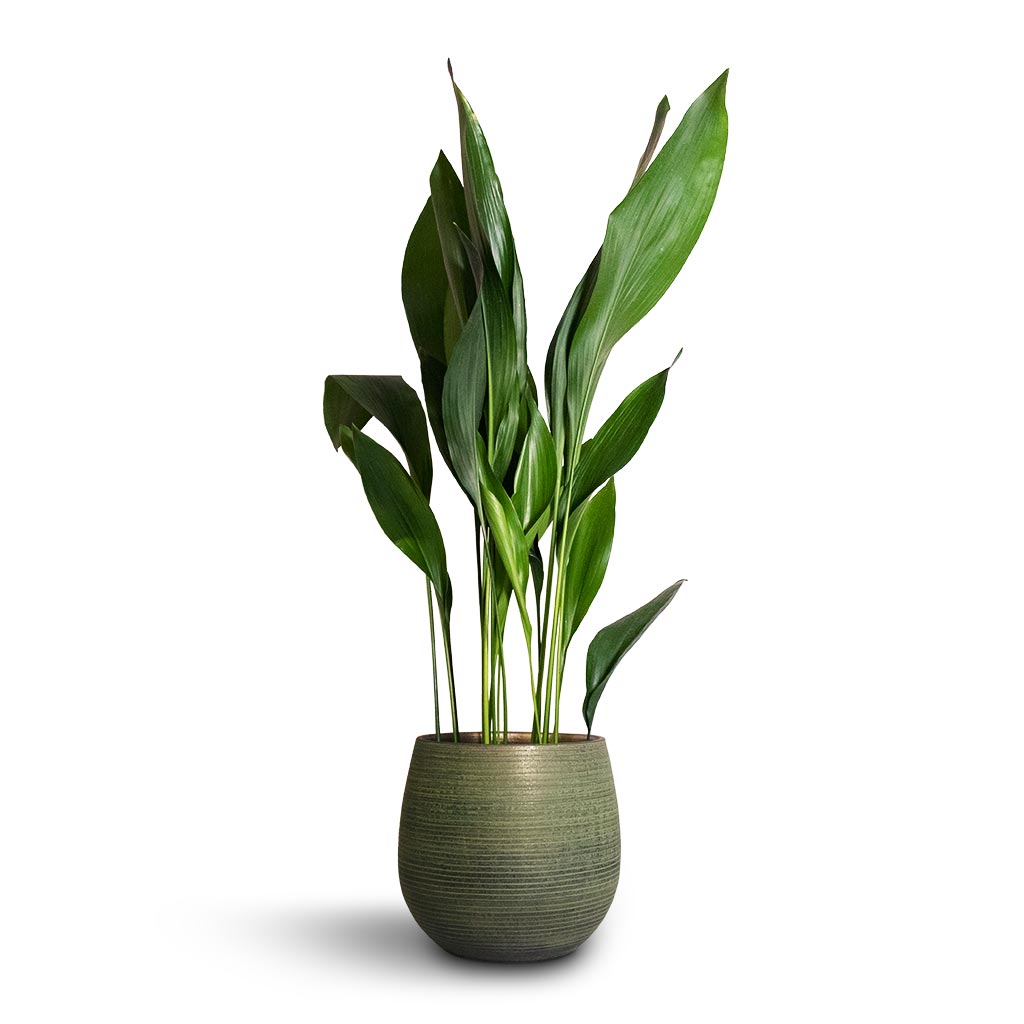
Looking for the lowest maintenance houseplant around? The Cast Iron plant has got to be the best houseplant for beginners and it's perfect for creating an indoor Zen garden.
'The Aspidistra is known as the "Cast Iron plant" due to its ability to tolerate neglect and low-light conditions. Its dark green, glossy leaves exude a sense of durability and strength, symbolizing resilience and adaptability. Incredibly easy to care for, this plant prefers low to medium light and should be watered moderately. Allow the soil to dry slightly between waterings to prevent overwatering,' explains Mark.
'In Japanese gardens, the Cast Iron plant is often used in shaded areas and can provide a grounding and calming effect in dark indoor spaces such as corners or north-facing rooms.'
Buy a Cast Iron plant from Fast Growing Trees.
6. Asplenium Osaka (Japanese Bird's Nest Fern):
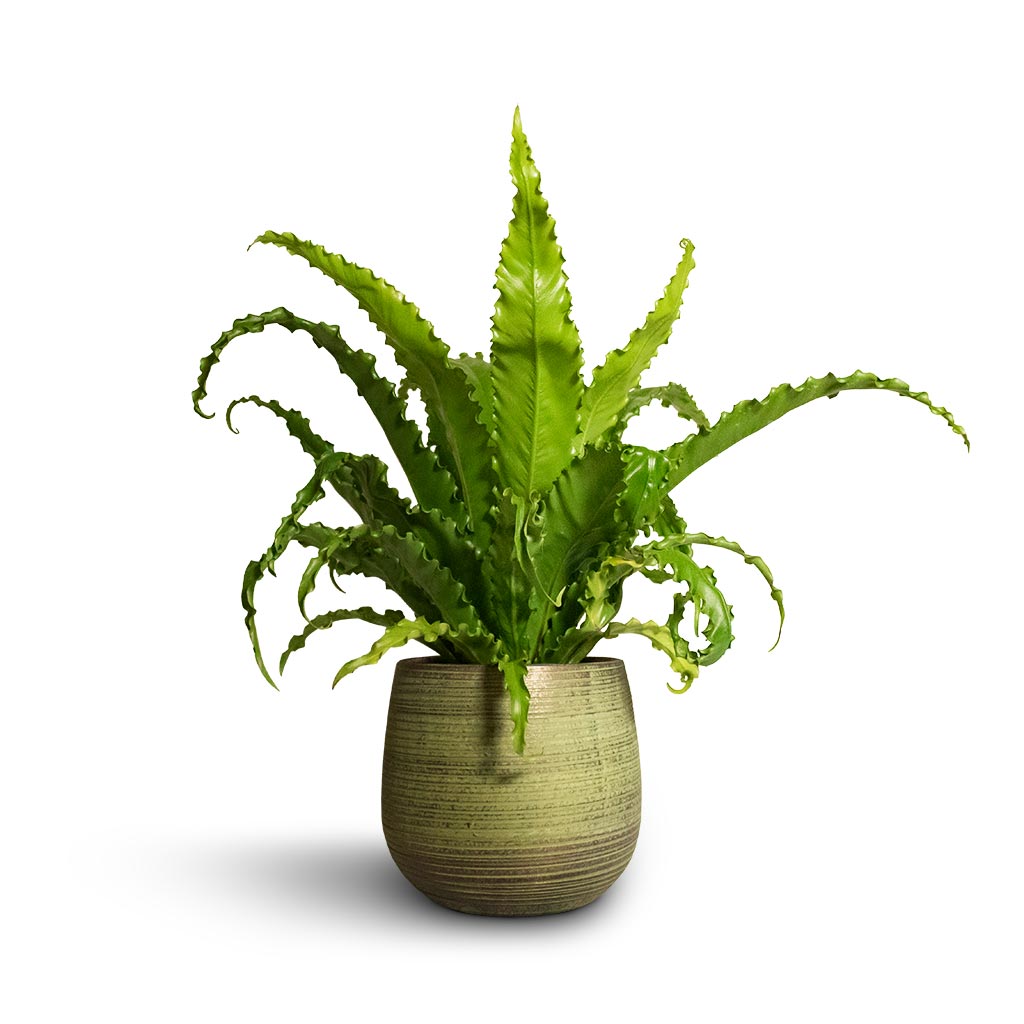
Ferns are ideal for adding loads of lush greenery indoors, their soft tendrils can fill shelves, window sills, and hanging baskets beautifully and instantly add a calmness to a room. 'In Japanese culture, ferns are associated with tranquillity and simplicity, aligning well with the Zen principles of balance and mindfulness.' says Mark.
'The Asplenium Osaka's compact growth habit and gracefully arching fronds resemble a bird's nest, contributing to a natural and organic atmosphere. It adds a sense of freshness and vitality to a space, invoking a connection with nature. Place this fern in bright, indirect light and keep the soil consistently moist but not soggy. Mist the leaves regularly to provide adequate humidity.'
Buy a Japanese bird's nest fern from Amazon.
7. Fatsia japonica (Japanese Aralia):
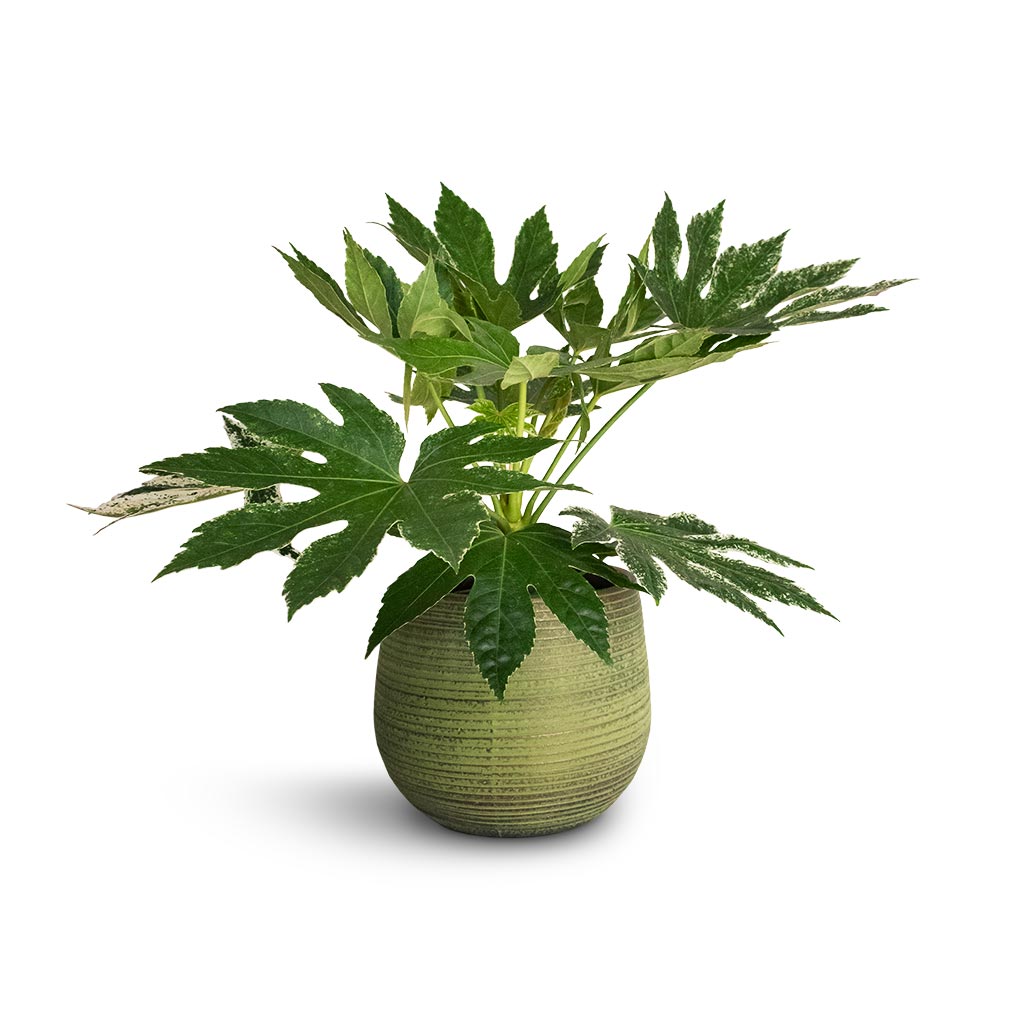
Zen gardens are so often all about the greenery. Rather than adding lots of color with flowering plants, the interest comes with layering lots of different shapes and textures of greenery - this is also how plants make a room look more expensive. The Japanese Aralia is perfect for pairing with some of the more fleshy succulents we have so far mentioned, or more delicate ferns to create a Japanese-inspired indoor garden.
'The Fatsia japonica's large, glossy leaves and tropical appearance create a bold and exotic focal point. It brings a sense of lushness and drama to a space, while still maintaining a clean and uncluttered aesthetic. In Japanese gardens, the Japanese Aralia is often used to add structure and depth, representing the abundant beauty found in nature.' explains Mark.
'This plant prefers bright, indirect light and requires regular watering to keep the soil evenly moist. It also appreciates higher humidity levels, so misting is welcomed.'
Buy a Japanese aralia plant from Amazon.
8. Dracaena marginata (Dragon Tree):
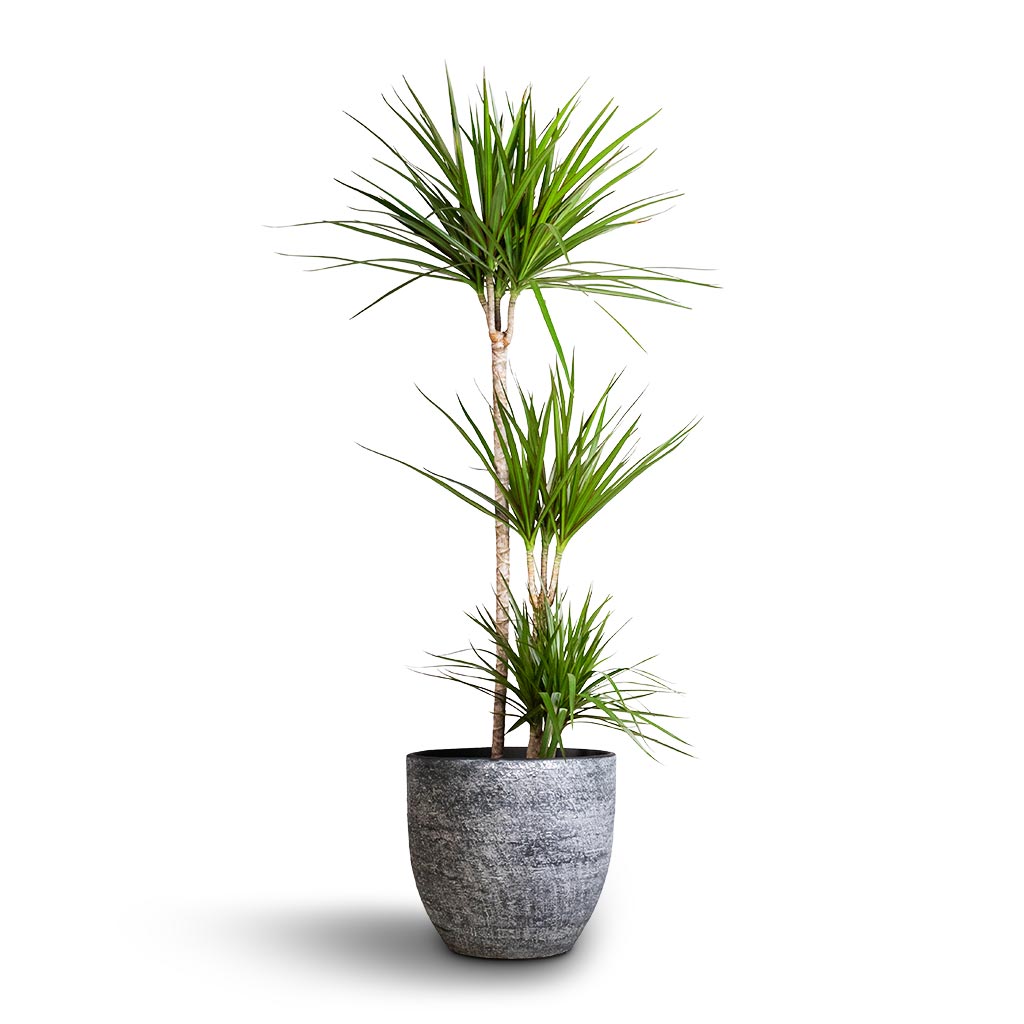
The Dragon Tree is a super popular houseplant. You often find it in offices too because it's such a low-maintenance plant. It's very architectural, with its striking spiky leaves, so we would recommend softening the look with a textured concrete or terracotta pot and displaying it with other houseplants rather than letting it stand alone.
'The Dracaena marginata features long, slender leaves with red or burgundy edges, creating a striking visual contrast. It's upright growth and architectural form make it an excellent choice for adding height and structure to a space. The Dragon Tree is associated with wisdom and strength, which aligns well with the serene and contemplative atmosphere of a zen/Japanese-style setting,' explains Mark.
'Adaptable to a range of light conditions and resistant to drought, the Dragon Tree is easy to care for as long as you don’t overwater and keep it relatively warm. Temperatures below 53F can be problematic.'
Buy a Dragon Tree from Fast Growing Trees.
How can you create an indoor zen garden?
'To create a Zen/Japanese style garden it's important to create a balanced and harmonious arrangement of plants, considering factors such as size, shape, and color coordination,' explains Mark McCance, Director at Hortology.
'While all houseplants can contribute to an effective plant scene based on your specific indoor conditions, such as light availability, humidity levels, and existing interior style, some plants are particularly effective at embodying the simplicity, balance, natural beauty, and symbolism associated with good fortune and tranquillity intrinsic to Japanese styles.'
Zen gardens are all about the greenery. You will never find too much bold color in a Zen garden, and much like a minimalist room, the less is more approach often applies so you will usually only find two or three different types of plant within the garden. So the best kinds of plants tend to reflect that simplicity, species that are quite architectural but with an elegant, ornamental quality.
Be The First To Know
The Livingetc newsletters are your inside source for what’s shaping interiors now - and what’s next. Discover trend forecasts, smart style ideas, and curated shopping inspiration that brings design to life. Subscribe today and stay ahead of the curve.

Formerly the Digital Editor of Livingetc, Hebe is currently the Head of Interiors at sister site Homes & Gardens; she has a background in lifestyle and interior journalism and a passion for renovating small spaces. You'll usually find her attempting DIY, whether it's spray painting her whole kitchen, don't try that at home, or ever-changing the wallpaper in her entryway. She loves being able to help others make decisions when decorating their own homes. A couple of years ago she moved from renting to owning her first teeny tiny Edwardian flat in London with her whippet Willow (who yes she chose to match her interiors...) and is already on the lookout for her next project.
-
 Turns Out the Coolest New Café is Actually In Your Kitchen — Here's How to Steal the Style of TikTok's Latest Trend
Turns Out the Coolest New Café is Actually In Your Kitchen — Here's How to Steal the Style of TikTok's Latest TrendGoodbye, over-priced lattes. Hello, home-brewed coffee with friends. TikTok's 'Home Cafe' trend brings stylish cafe culture into the comfort of your own home
By Devin Toolen Published
-
 5 Bathroom Layouts That Look Dated in 2025 — Plus the Alternatives Designers Use Instead for a More Contemporary Space
5 Bathroom Layouts That Look Dated in 2025 — Plus the Alternatives Designers Use Instead for a More Contemporary SpaceFor a bathroom that feels in line with the times, avoid these layouts and be more intentional with the placement and positioning of your features and fixtures
By Lilith Hudson Published